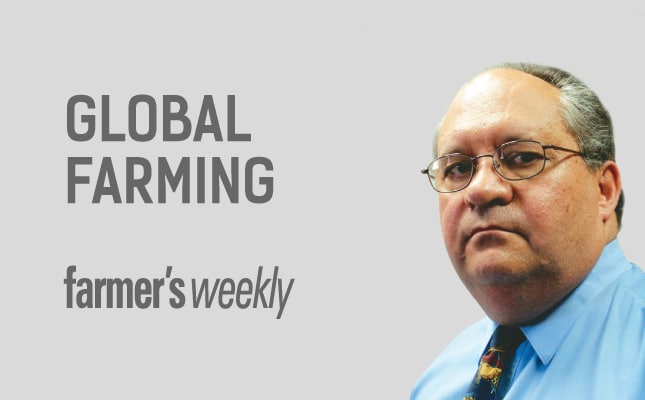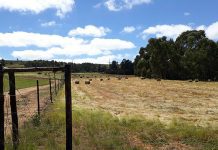
Farmers generally regard the Safex grain futures markets with suspicion. They see them simply as a way for speculators to grow rich from money that farmers lose. The truth is that a futures market enables producers and users of a product to insure against price risk.
Certainly, a great deal of money is generated on the grain markets. However, a large percentage of this is made by grain traders who enter into fixed-price contracts with farmers and then make a profit when prices change.
There are three parties involved in a futures market – sellers (maize producers, or beef producers in the case of beef futures), buyers (grain millers, abattoirs and butcheries), and speculators.
The latter are needed to balance the market. They are the risk-takers who make big profits, but who also stand to lose very large sums if the market turns against them. It is estimated that only 7% of all speculators make a profit.
The Safex grain futures markets trade more than 10 times the size of the South African maize crop. Maize producers can use the maize futures to lock in minimum prices for specific delivery months, while maize users can use the market to lock in maximum selling prices for maize.
An insurance policy
Many farmers say that they do not like to speculate. However, the maize producer who ignores grain futures speculates that prices will go up, while the maize user who ignores grain futures takes the naïve position that prices will decrease.
The use of grain futures to insure against adverse price movement is similar to taking out short-term insurance on your bakkie. If the bakkie is scrapped in an accident, the insurer will pay out the market value to you. But if you are never involved in an accident, you do not regard the insurance premium as money lost.
The same view should be taken about the futures markets. If you take out an option to fix a minimum price and prices increase to higher levels, you did not need the forward cover. But the cost of the option should not be treated as a loss.
In summary, a futures market provides a tool for buyers and sellers of a product to hedge against adverse price movements.
Beef futures
Research conducted by Dr Dirk Strydom at the University of the Free State recently resulted in the establishment of a beef futures contract. Initially a beef and a weaner contract were proposed. However, due to problems with a price indicator for weaners only a beef contract was established on the JSE at the end of December.
At the time of writing, very little activity was evident on the market. But it is early days and the activity may pick up in coming months.
A beef contract is based on 1 000kg of A2/A3 beef. The contract differs from normal grain contracts in that it is a cash settlement contract. For 2016, future contracts with due dates of March, June, September and December are available. Normal JSE rules on daily trading limits and other aspects apply.
The contract is well suited to the requirements of feedlots, abattoirs and butcheries who buy and sell A-grade beef. As mentioned earlier, it does not involve the commercial beef producer who sells weaner calves. The weaner price is influenced by A-grade prices, but can also be affected by grain prices and the availability of weaner calves. The A2/A3 price will thus not directly help an extensive beef farmer to hedge against a lower weaner calf price.
It is a pity that the JSE and Red Meat Producers’ Organisation (RPO) has so far been unable to obtain a reliable price indicator for weaner calves. Who knows, at some stage, it may be possible to derive the weaner calf price from the A2/A3 and yellow maize prices.
An indicator of future price trends
Although at 1 000kg the contracts are relatively small, it is doubtful whether farmers will rush to take out future options. For them, the real benefit lies in the ability of a futures market to show future price trends. This will, however, depend on the market achieving the necessary volume of activity.
The RPO must be congratulated on the initiative it took to develop a beef futures market. A weaner contract, should it materialise, will enable farmers to get involved in the market.
It will be interesting to watch developments in coming months. This said, there are those in whose interest it is to maintain the status quo and who will not be able to operate in a transparent market.
If the beef futures market becomes sufficiently active, various other agricultural products may follow, especially as the cash settlement option eliminates geographical and quality problems.
Dr Koos Coetzee is an agricultural economist at the MPO. All opinions expressed are his own and do not reflect MPO policy.




